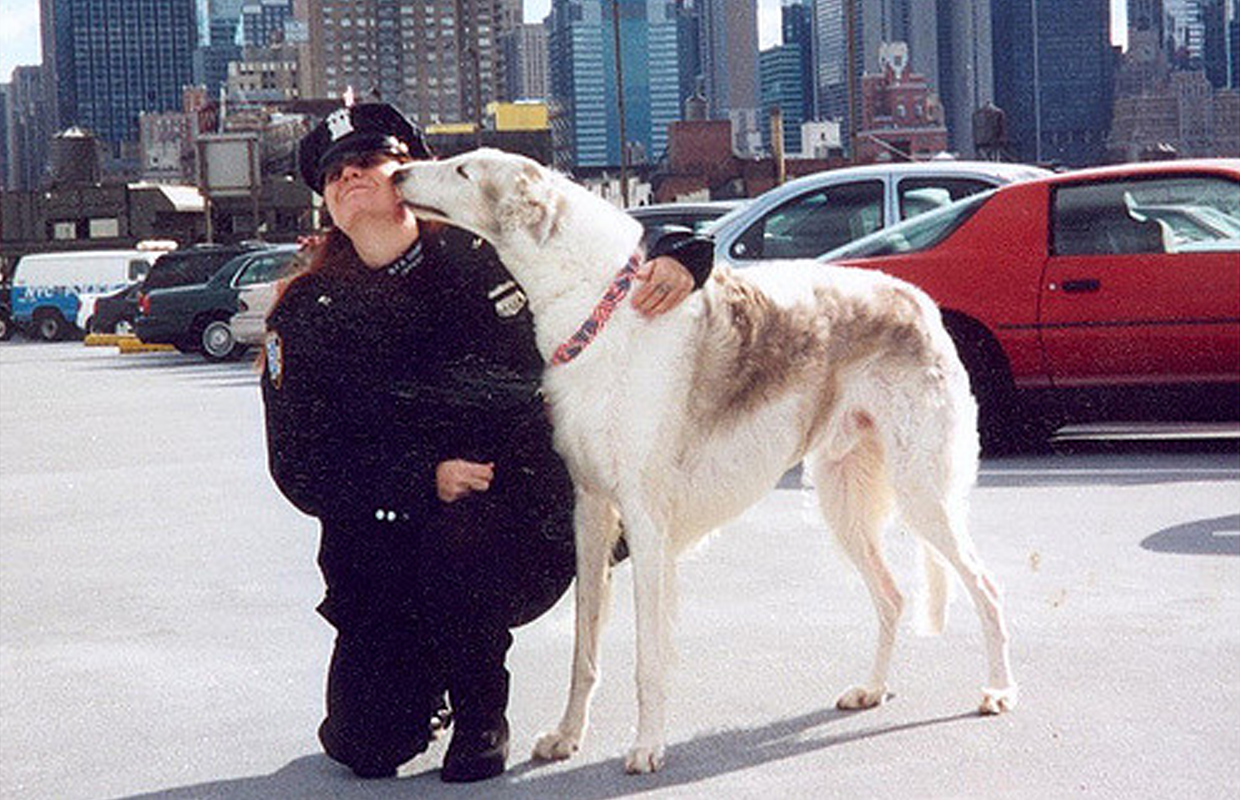Research shows that owning a pet can have therapeutic effects on your long-term happiness and wellbeing, help you cope and recover from unpleasant life situations, and reduce risks of cardiovascular diseases. Animals could be an important source of companionship, affection and security especially during stressful times. According to studies, pet owners tend to be happier than people who don’t own pets. Animals can be used for specialized treatment to help patients recover from symptoms of emotional disorders, such as chronic anxiety, stress, post-traumatic stress disorder and depression. Animals could also be used to assist people with physiological disabilities.
Emotional Support Animals
Emotional Support Animals (ESA) serve their owners by providing companionship and support to relieve symptoms of mental or emotional disorders. ESAs are useful in providing relief to owners and enabling them to complete daily life activities successfully. According to Americans with Disabilities Act, these activities include manual tasks, self-care, physiological movements and fulfilling body needs for eating, drinking and sleeping. A study conducted on children showed that interacting with dogs helped lower their blood pressure.
Most common ESAs
- Dogs are the most commonly used ESAs since they are better companions for providing support. Certain dog breeds are better suited to provide emotional support. The individual can select the breed that is better suited to his preferences. Dogs are easily available and respond well to training sessions.
- Cats can also be used as ESAs. Again, individuals have the liberty to choose the breed that is appropriate to meet their emotional needs. Some cat breeds are better at providing emotional support than others. Preferences for ESAs vary among individuals.
The purpose of ESAs is to provide support to an individual who is suffering from an emotional instability. They are meant to be compassionate and may not be trained. They provide support during times of distress.
Service Animals
Service animals are trained to assist individuals with disabilities, including seizures or physical, visual and hearing impairments. Their purpose is to assist the individual accomplish everyday tasks and activities. The animals are trained extensively to develop skills that can help people with challenges function in everyday situations. They assist the owner to schools or hospitals to provide therapeutic relief and function in everyday activities. They help the owner relax, feel comfortable and happier. They are different from emotional support animals as they do not provide emotional support.
Dogs
Dogs are used as service animals; they are individually trained to work and perform everyday chores for disabled or impaired people. Here’s how they help:
- They can alert blind or deaf people.
- They can direct blind people.
- They can protect an individual who is experiencing a seizure.
- They can help wheelchair-bound people.
- They can remind an individual to take medicines at the prescribed time.
- They can help people suffering from stress or anxiety disorders relax.
Service animals are not used as pets. They are working animals that are specifically trained to assist individuals according to their disabilities. Therefore, emotional support dogs are different from service dogs.

